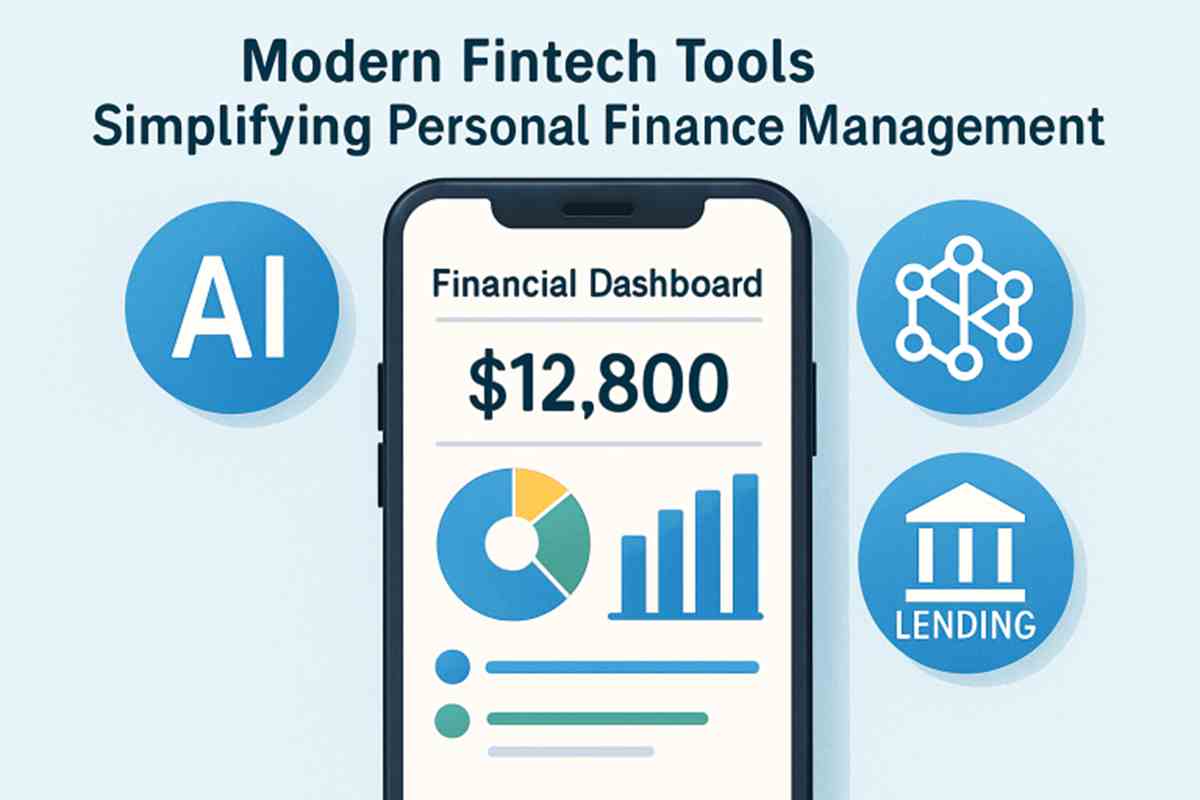
The debt consolidation landscape is being transformed by advances in financial technology, opening new avenues for consumers to regain control of their finances. Traditionally, those seeking to combine multiple debts into a single monthly payment faced long waits, inflexible terms, and complicated paperwork. Now, fintech disruptors are eliminating these barriers with innovative solutions like Symple Lending, which deliver lightning-fast approval processes and tailored loan options.
Today’s digital-first approach brings modern conveniences to an age-old financial challenge, ensuring transparency and speed while granting borrowers greater agency. Leveraging AI-driven risk assessment, easy-to-use interfaces, and real-time support, leading fintech providers are setting new standards for accessibility and efficiency in debt consolidation.
The Rise of Digital Lending Platforms
Digital lending platforms are at the forefront of fintech innovation. These systems utilize advanced algorithms and artificial intelligence to rapidly assess credit risk, enabling instant approvals and expedited funding. Unlike banks that require drawn-out underwriting procedures, online platforms can approve loans in minutes, streamlining the process for busy consumers. This shift not only benefits borrowers, who now enjoy faster access to funds, but also improves overall loan originations by reducing friction in the application journey.
Additionally, digital lending platforms facilitate increased loan customization, enabling users to select terms that suit their unique financial situations. This ability to cater to individual needs is fueling strong consumer adoption, further accelerating the digital transformation of lending.
To gain deeper insights into how fintech platforms are shaping debt management, consider consulting debt consolidation experts who analyze market trends and provide professional guidance for borrowers.
Enhanced User Experience Through Technology
Intuitive user interfaces and mobile-first design are central to the fintech revolution. Borrowers can now apply for loans, upload documents, compare terms, and track their repayment progress—all from their smartphones. This anytime, anywhere access liberates consumers from the restrictions of banking hours and paperwork. AI-powered chatbots further enhance the experience, delivering 24/7 support to answer questions and assist with applications, ensuring that help is available when it’s needed most. Such advancements in user experience empower individuals to make more informed decisions and streamline the entire debt consolidation process.
Integration of AI and Data Analytics
AI and data analytics are redefining risk assessment and loan customization in debt consolidation. By analyzing borrower data and financial history, AI can predict future payment behaviors and recommend repayment plans that are more likely to succeed. This personalized approach not only maximizes the likelihood of debt resolution but also helps consumers secure loans under terms that promote long-term financial stability.
For lenders, AI-driven analytics yield more accurate credit decisions and reduce default rates, while for consumers, the enhanced individualization increases their chances of qualifying for better rates and terms.
Blockchain Technology in Lending
Blockchain continues to disrupt financial systems with its promise of heightened security, transparency, and efficiency. In the context of debt consolidation, blockchain enables the integration of smart contracts—self-executing agreements coded on a decentralized ledger. These contracts automate essential steps in the consolidation process, including payment distribution and obligation tracking, minimizing human error and ensuring compliance from both borrowers and lenders.
According to Forbes, the adoption of blockchain could soon become standard across lending institutions, enabling more secure financial interactions and building greater trust among all stakeholders.
Embedded Financial Services and Banking-as-a-Service (BaaS)
Another transformative trend is the embedding of debt consolidation solutions directly into popular consumer platforms—from e-commerce and payroll apps to budgeting tools. Such integration eliminates the need for multiple applications and lets users manage their debts from platforms they already trust. Banking-as-a-Service (BaaS) enables non-banks to offer customized financial solutions using APIs and other technology, allowing for seamless consolidation options tailored to each user’s data.
This embedded approach is making debt consolidation more accessible and frictionless than ever before, supporting a broad spectrum of consumers as they work to regain financial freedom.
Increased Use of Peer-to-Peer Lending
The peer-to-peer (P2P) lending model stands out as a competitive alternative to traditional bank loans. P2P platforms connect individual borrowers with individual investors, resulting in lower overhead and the potential for more favorable interest rates. This more personal, hands-on experience enables borrowers to escape some of the rigidity and high costs associated with bank-based consolidation, and investors gain the opportunity to impact the financial outcomes of their peers directly.
Many fintechs have embraced this model, creating powerful online marketplaces where debt consolidation borrowers can find better deals and a level of transparency often lacking in conventional lenders.
Conclusion
The landscape of debt consolidation is rapidly evolving, thanks to innovative solutions ushered in by fintech leaders. Faster loan approvals, AI-powered personalization, blockchain-enabled security, and greater accessibility through embedded services are all working together to make debt management more achievable for today’s consumers. Fintech’s ongoing evolution promises even more groundbreaking changes ahead, as individuals nationwide seek to consolidate their debts and pursue lasting financial well-being.
Also Read: How Startups Can Use SEO to Outpace Bigger Competitors